The Essential Landscape: Stop Waiting. The Light Is Here. |
On a recent interview, I was asked by photographer Alister Benn whether I was a patient person. Uh oh... truth time. Admittedly, I am not. When I'm out in beautiful surroundings, I am always curious; always on the go; always trying to discover and absorb and appreciate as much as I can. In another life, I remember spending hours at a desk just trying to make the time go by, grasping for anything remotely interesting to pass away the empty moments. The simple realization that time lost is lost forever, is one I find utterly frightening. Idle time, for me, must be spent in study, thought, inspiration or meditation. And, if these are not to be found, I can soon hear Thoreau whispering in my ear: as if you could kill time without injuring eternity.
As a budding photographer, I remember hearing about the need to "wait for the light". It seemed rational at the time: if the light is not "right," you wait until it is. I tried it several times, each time fighting the boredom and checking my watch every few minutes to see how long it had been, how many more minutes or hours to sunset or sunrise and how much more of my precious outdoor time I may need to sacrifice for the sake of this one image. I was bored, and not just plain bored, I was angry bored. Here I was in a place that is so sublime and full of exciting possibilities, and all I was doing is sitting idle, counting the minutes. On a couple of occasions I even brought books or a crossword puzzle. It just felt wrong. I could do those things on my couch.
The problem is one a lot of people fall into in many situations: I did not dare to question the common wisdom; and the common wisdom, in my case, was flat out wrong for the way I see and work. Why wait for anything when I could just pursue other interests and return to the scene at a more appropriate time? More importantly, why wait for the light when the light is already there? It may not be the best light for one specific image but it may be for others in the area, and it almost always is for walking and exploring and enjoying the place; perhaps even finding more interesting compositions and exciting new perspectives.
Sometimes, the simplest of realizations can feel so liberating. Rather than wait for fortuitous circumstances, which may or may not materialize, it is far more exciting and productive for me to simply keep an open mind and work with what's there. Rather than hobbling my creativity by locking on to just one way of seeing, I can unleash my imagination and keep challenging myself to find new interpretations.
Time is always limited and fleeting and should be spent wisely. Whether you are a professional or an amateur, there are very few situations in which you can explore completely unencumbered, with no other obligations or deadlines to tend to. Waiting is the least productive way to spend your most precious of resources. Rather than limit yourself to the golden hours or place other arbitrary restrictions on your time, learn instead to become a more versatile visualizer. Make available light work for you, rather than putting yourself at its mercy.
To help spark your imagination, consider the following examples, all made under conditions many photographers will consider far from ideal. In each case, if I had waited for the light I originally had in mind, none of these images would have existed.
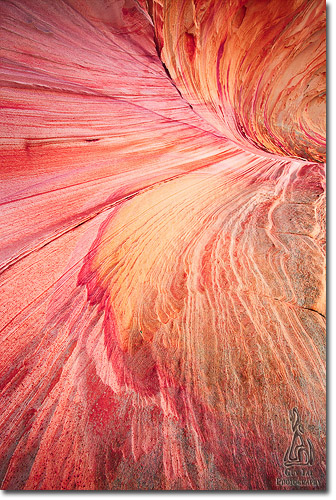
This image was made in late afternoon, about 3 hours before sunset. The sun was blazing in a clear blue sky, creating extreme contrast in open areas that I did not find very visually appealing. In this small alcove, though, direct sunlight did not penetrate. Instead, a diffused golden glow reflected in from a nearby sandstone butte, creating a warm and welcoming effect, filling in shadows, accenting the rich textures and saturating the delicate array of colors and patterns. Later, with the sun just below the horizon, I stepped out of the alcove to photograph the grand landscape surrounding it in the last light of the day.
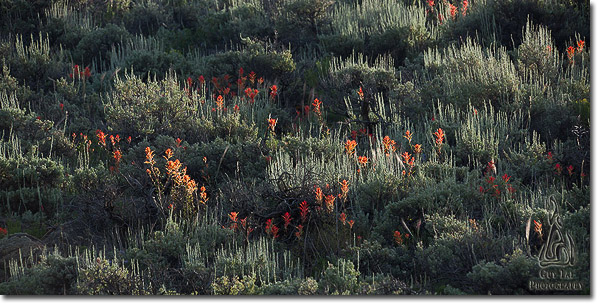
Earlier in the morning, my camera was trained on a majestic mountain scene I photographed in the early dawn light. As the sun crested the horizon behind me and the sky turned a bright blue, the light began to creep up a nearby hillside at a low angle; selectively illuminating some of the vegetation while the rest remained in deep shade. I quickly switched to a long lens and began photographing these fascinating patterns, which I ended up liking more than the mountain image I originally prepared for.
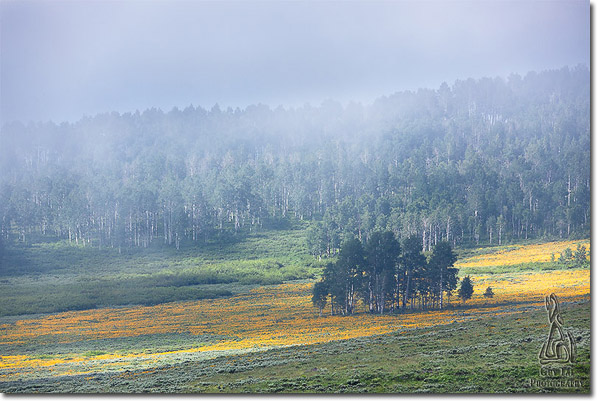
I left home early in the morning expecting to spend the entire day driving, en route to a rural area in Wyoming where I planned to work the following day. Prior to getting there, I needed to cross a high aspen-covered plateau. I did not plan to stop here but, to my surprise, I found the place shrouded in fog that was quickly burning in the late morning sun. I spent the next 3 hours making images of the misty landscape and patches of wildflowers among the trees. I did not make it to my original destination until the following day.
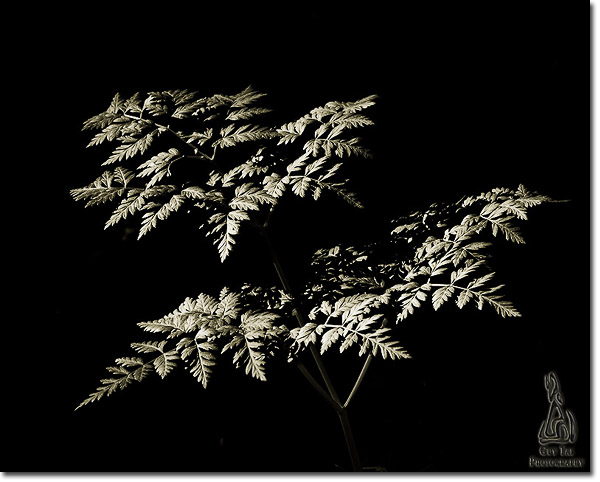
This image was made after I thought I was done for the day. I set up camp in an alpine conifer forest and began preparing my dinner, not really expecting to make any more images until the following morning. As sunlight filtered through the trees, I noticed the way it illuminated some of the undergrowth. The light changed very quickly. By the time I set up my camera, the original plant I wanted to photograph was already in shade but I noticed a few more like it and spent the next hour scrambling to photograph intimate detail until the entire scene was in shadow.
Comments on NPN nature photography articles? Send them to the editor. NPN members may also log in and leave their comments below.
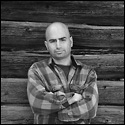 Guy Tal is a professional photographer and author residing in the state of Utah, in the heart of a unique and scenic desert region known as the Colorado Plateau. Guy teaches and writes about the artistic and creative aspects of photography and guides private workshops and individuals seeking the beauty and solitude of the canyon country. More of his works and writings can be found on his web site and blog at guytal.com. You may also follow Guy on Facebook or Twitter.
Guy Tal is a professional photographer and author residing in the state of Utah, in the heart of a unique and scenic desert region known as the Colorado Plateau. Guy teaches and writes about the artistic and creative aspects of photography and guides private workshops and individuals seeking the beauty and solitude of the canyon country. More of his works and writings can be found on his web site and blog at guytal.com. You may also follow Guy on Facebook or Twitter.